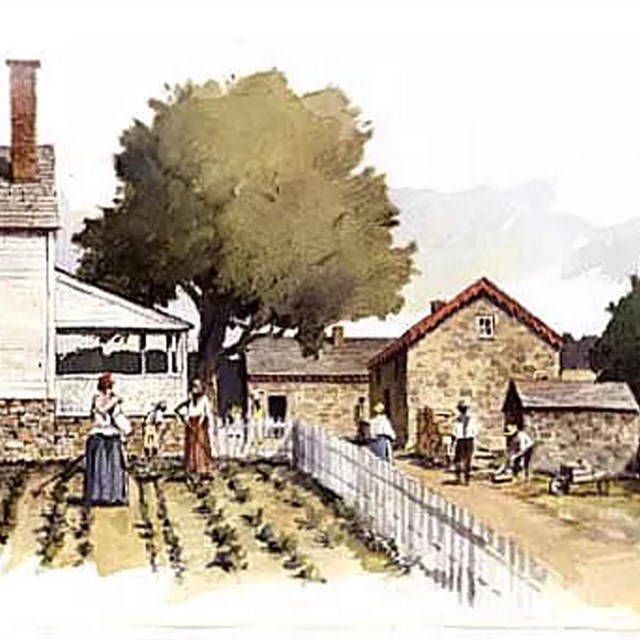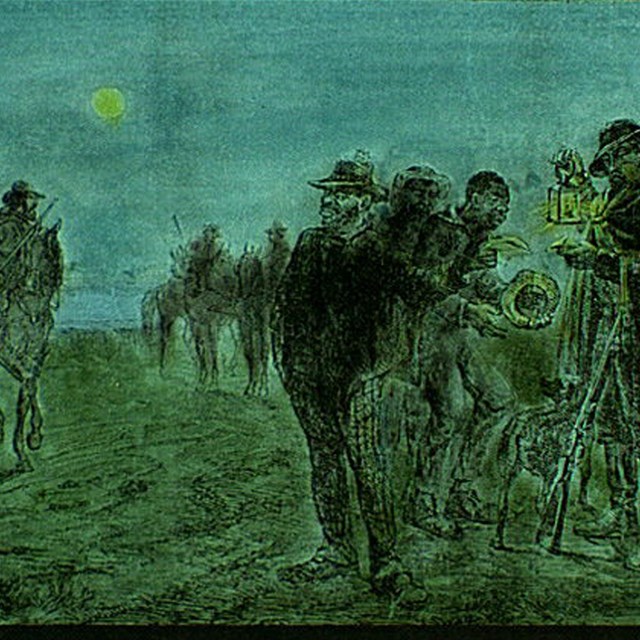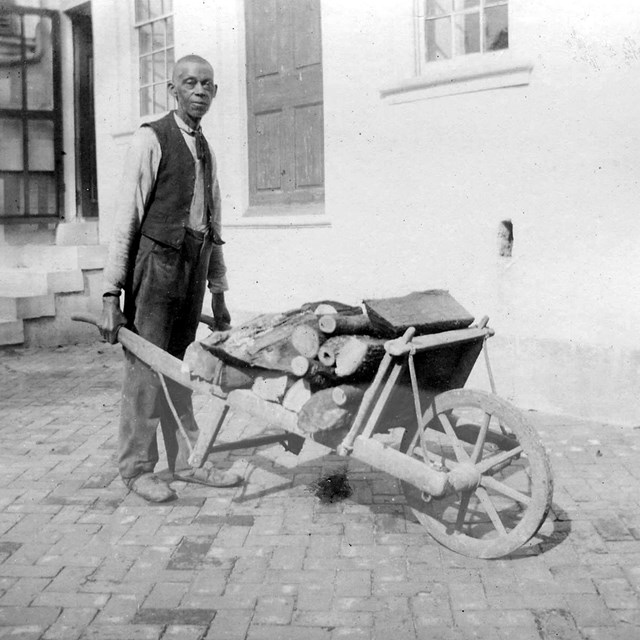This exhibit allows for the exploration of Hampton's farmside while vital preservation work is underway. It focuses on the stories of families and individuals that lived and worked here, which have been hidden for far too long.Learn about the preservation project happening at Hampton!This exhibit explores stories from Hampton National Historic Site's museum collections, the enthnographic study, and continuing research. For the longest time stories of families and individuals that lived and worked here were under represented. Now we can learn more and understand who lived here? Without the wide range of people and their contributions, Hampton would not have existed at all. Interpreting all the people of Hampton helps connect all aspects of the site, from the buildings to the grounds to the experiences across time of enslaved, indentured and free people. 
1870, NPS Two Worlds: Side by Side - One of the largest industrial and agricultural plantations in Maryland during the late 18th and early 19th century, Hampton owed its prosperity to the labor of many individuals, most of whom were enslaved African Americans. 
1910, NPS Who Lived Here Exhibit
|
Last updated: September 23, 2025












